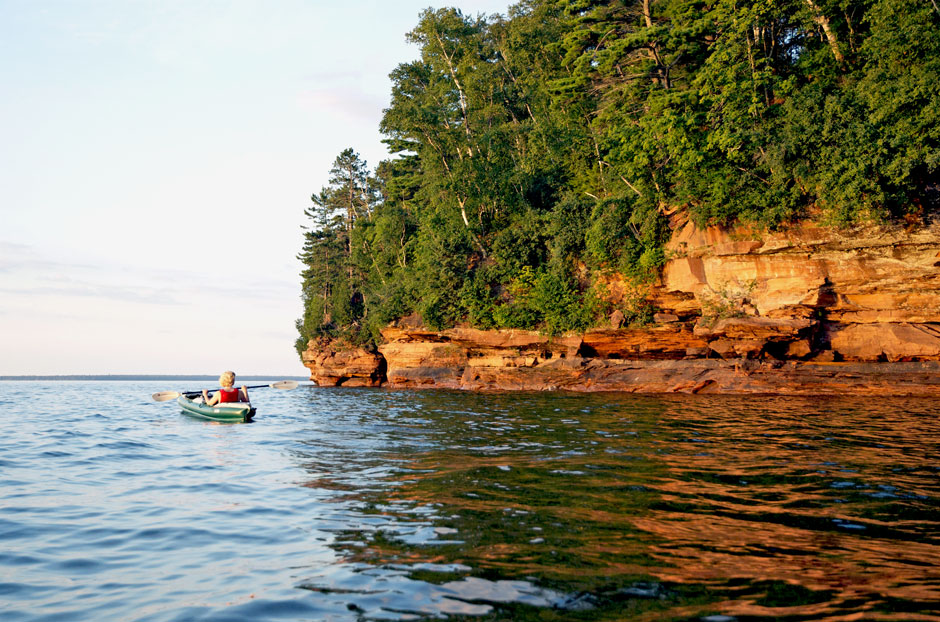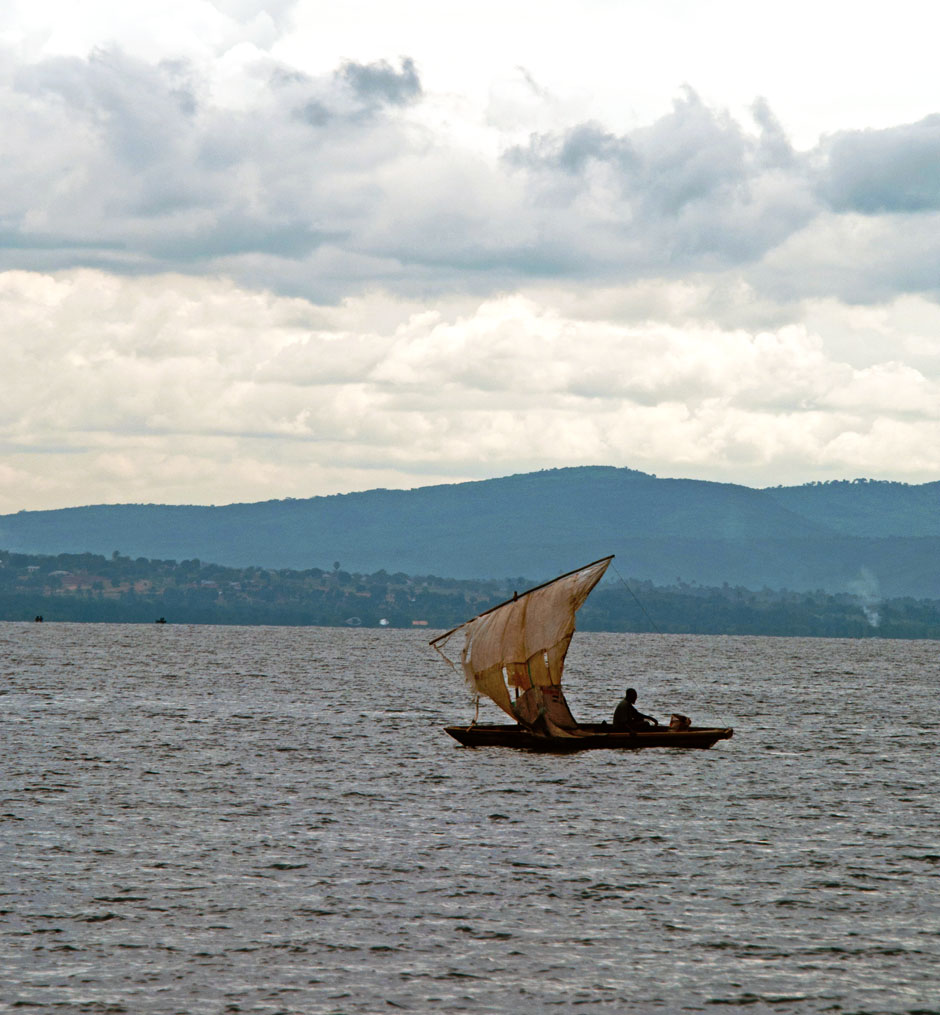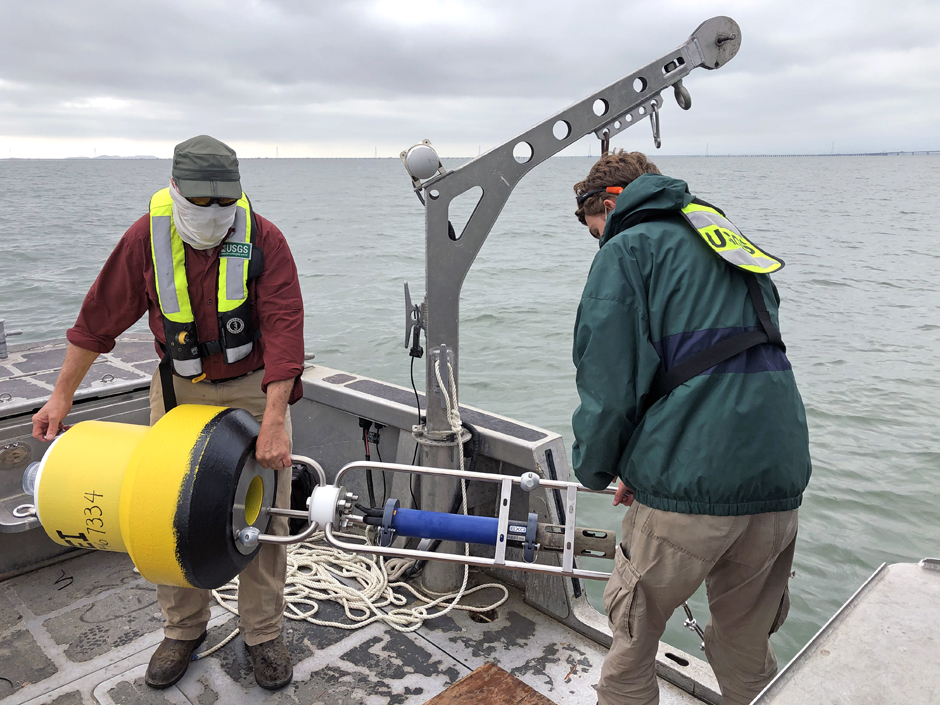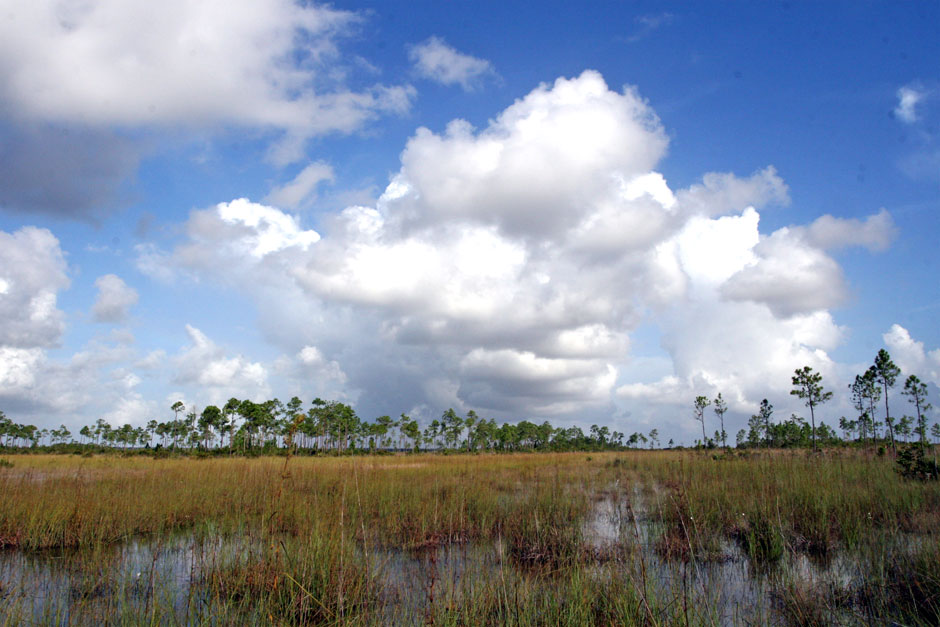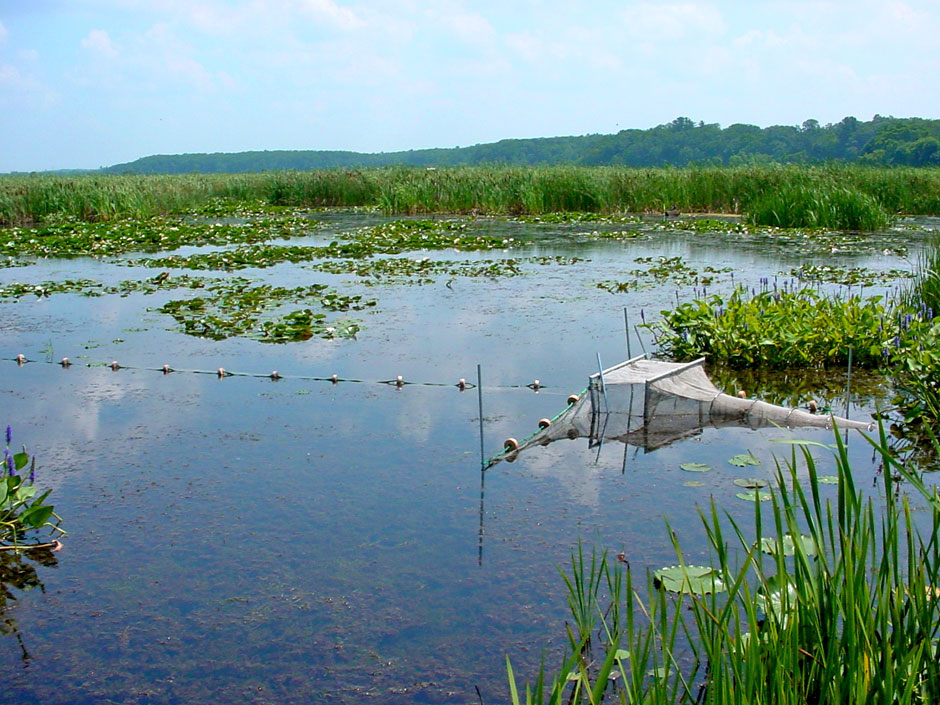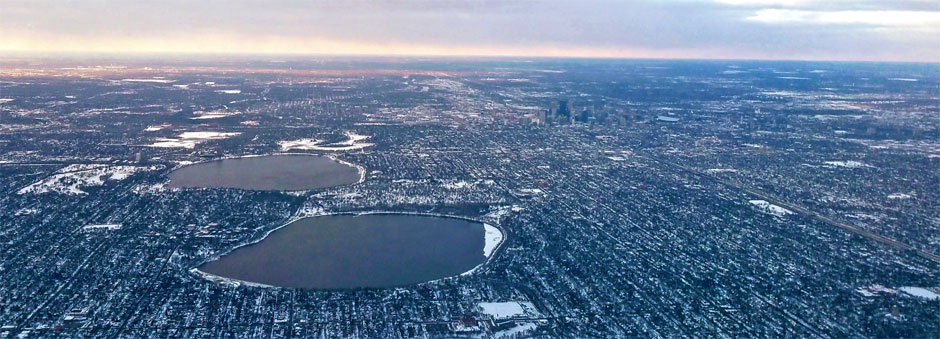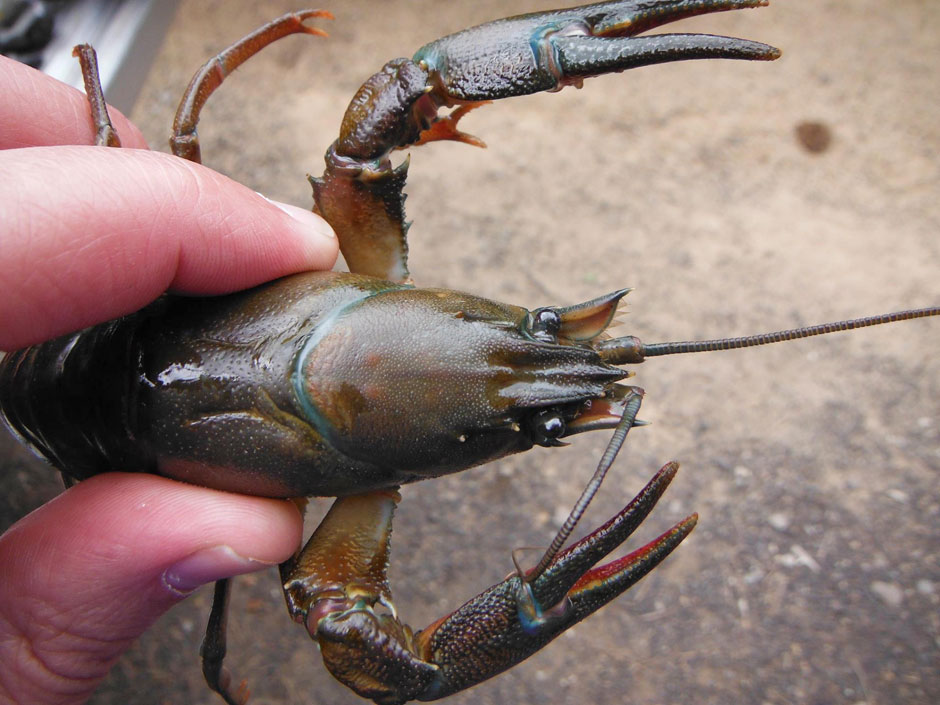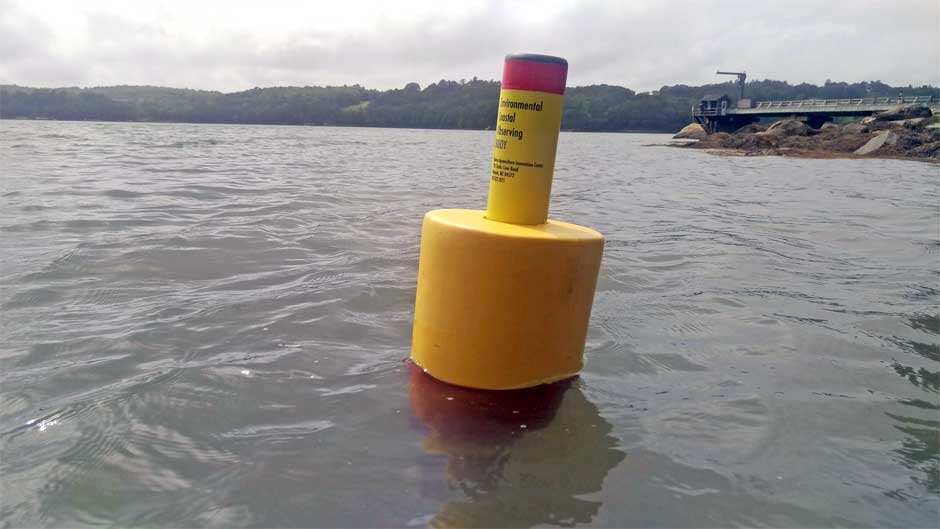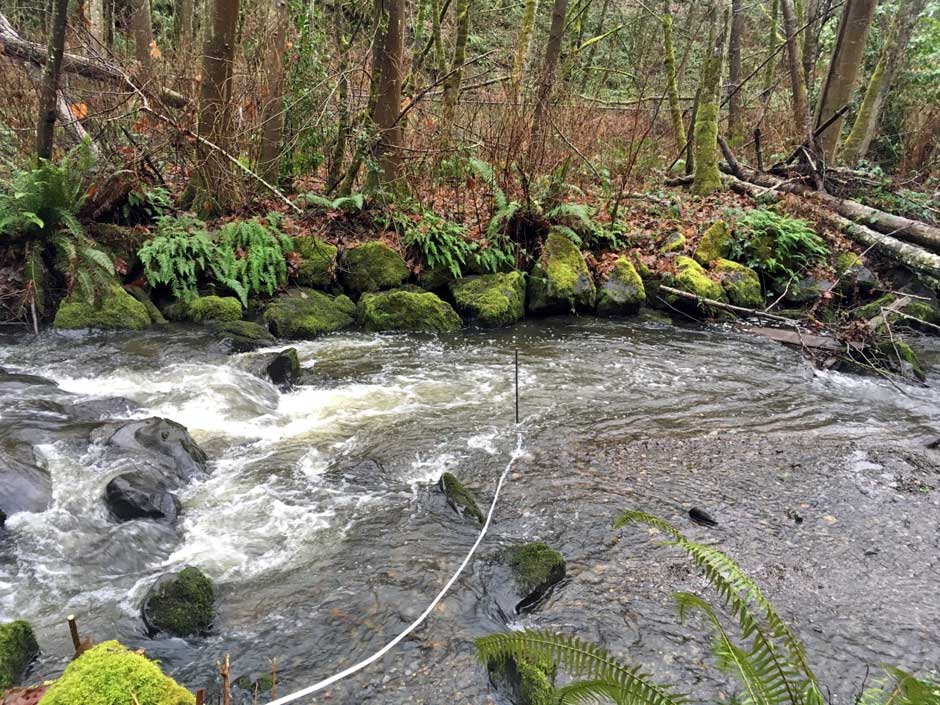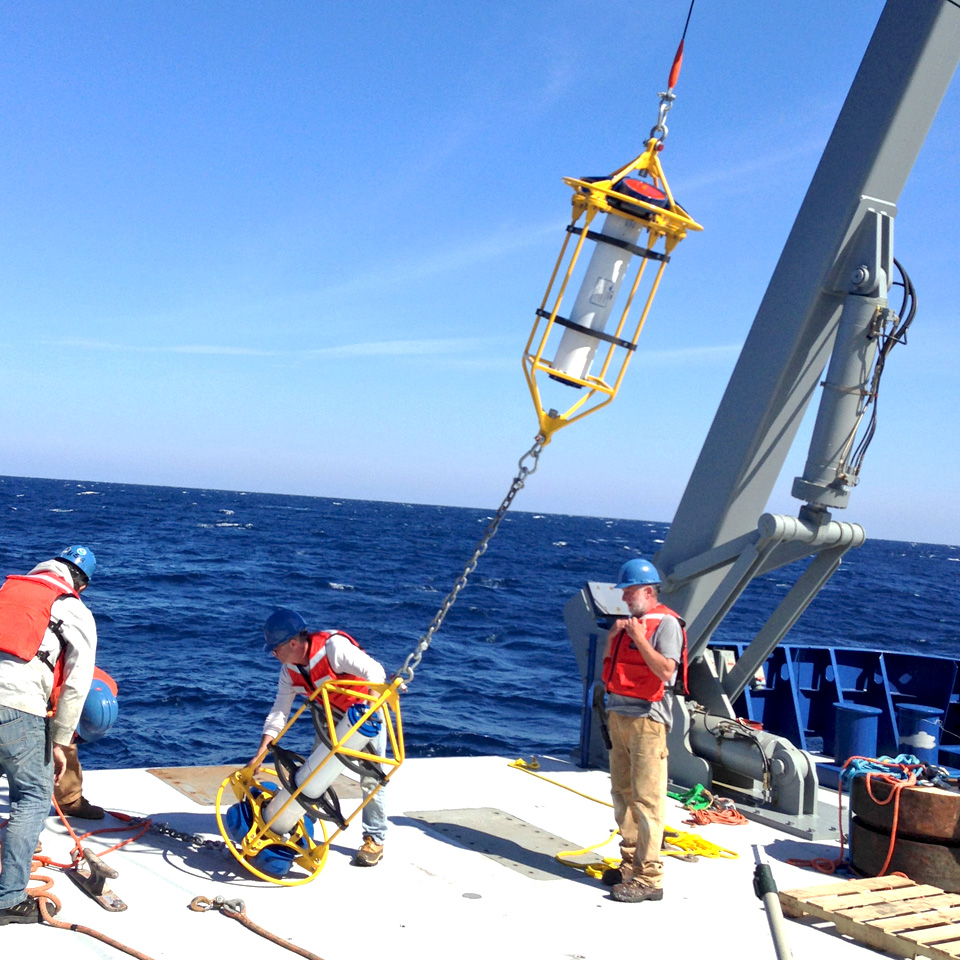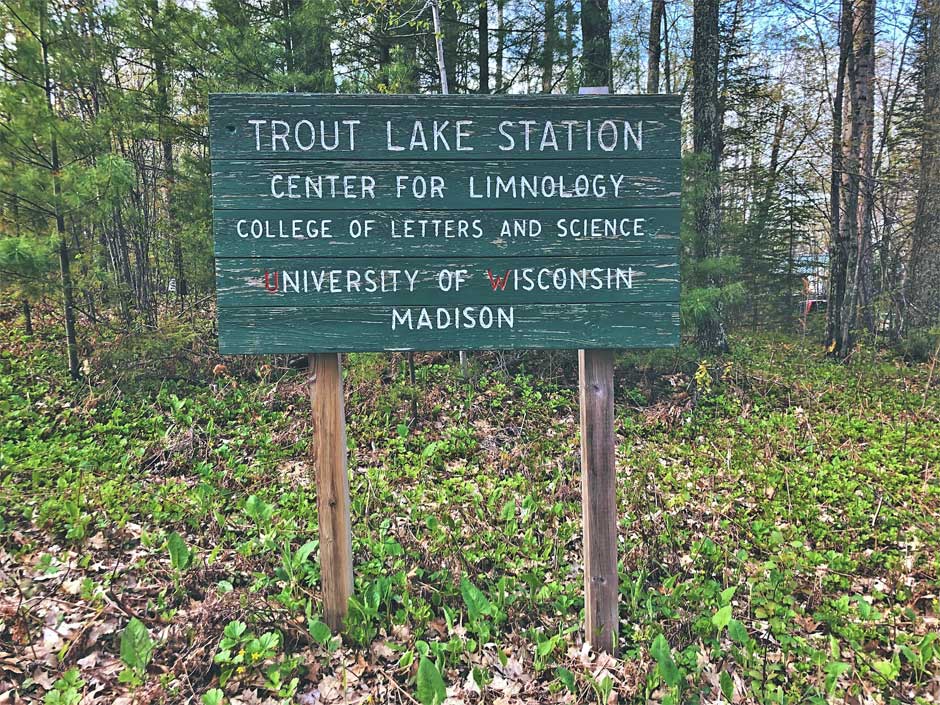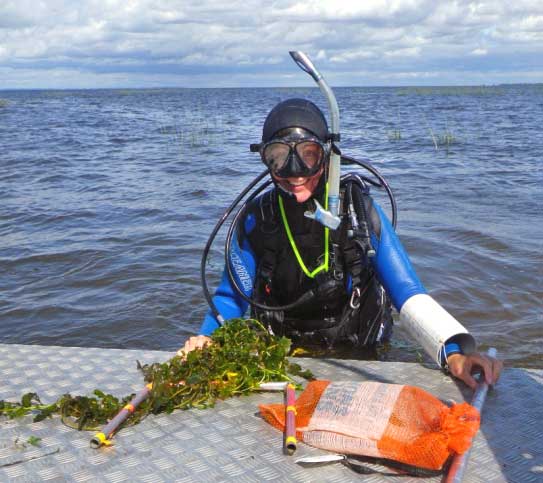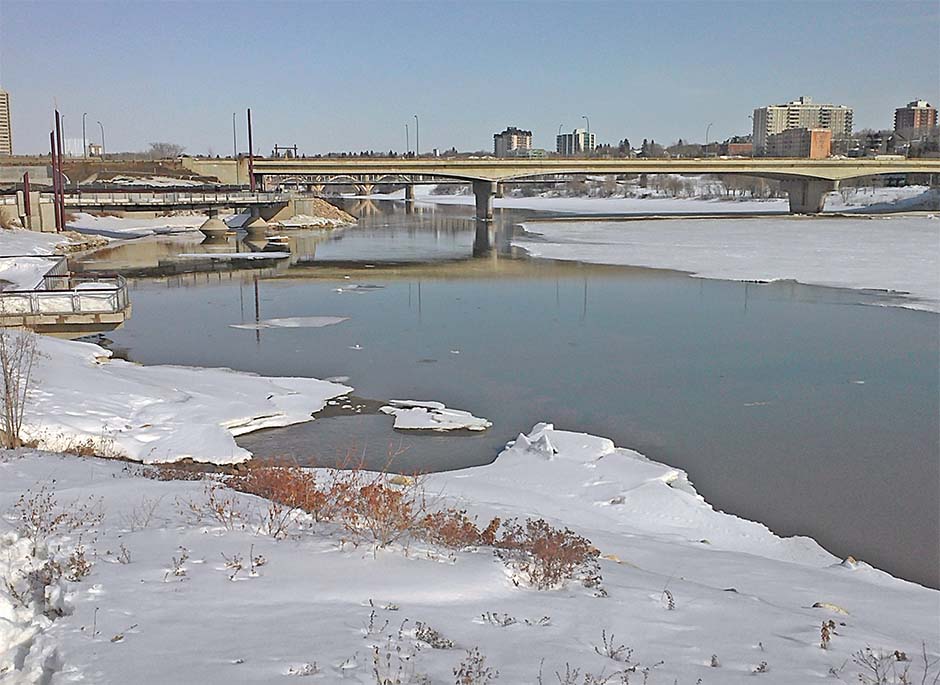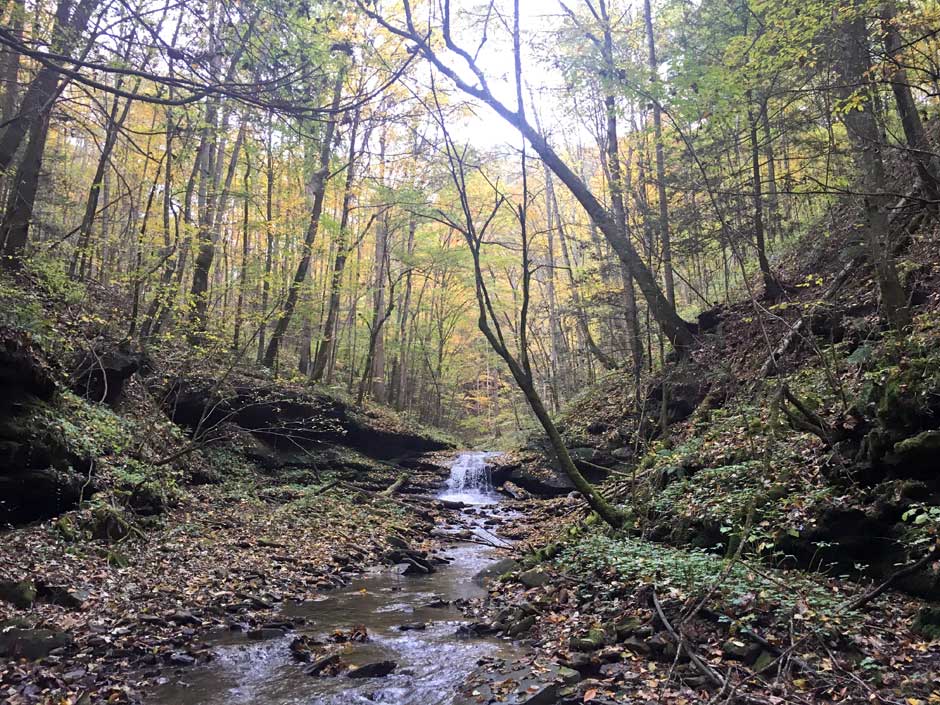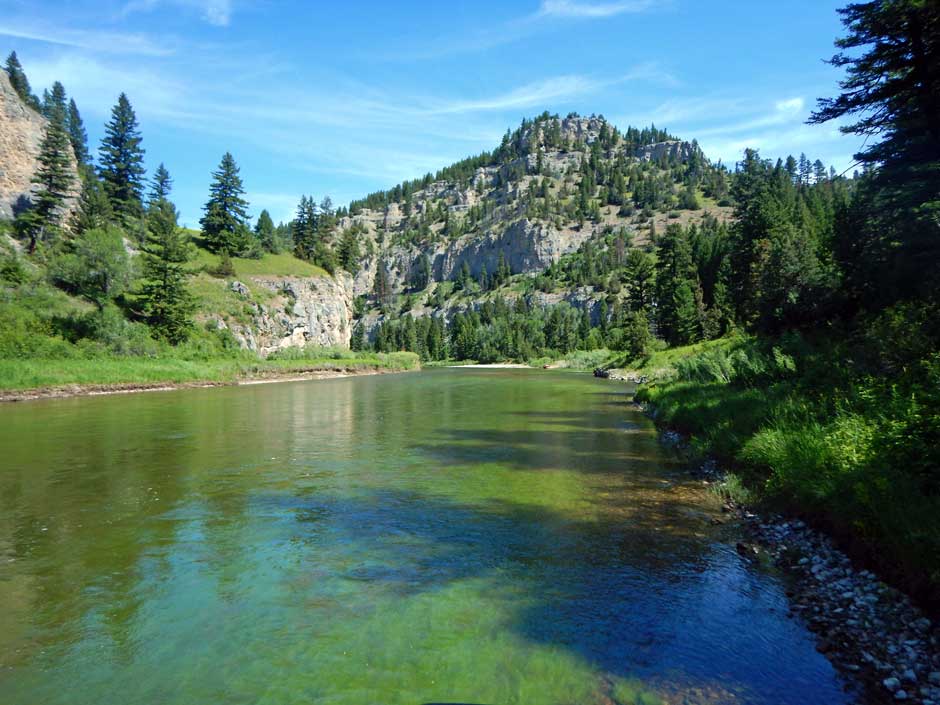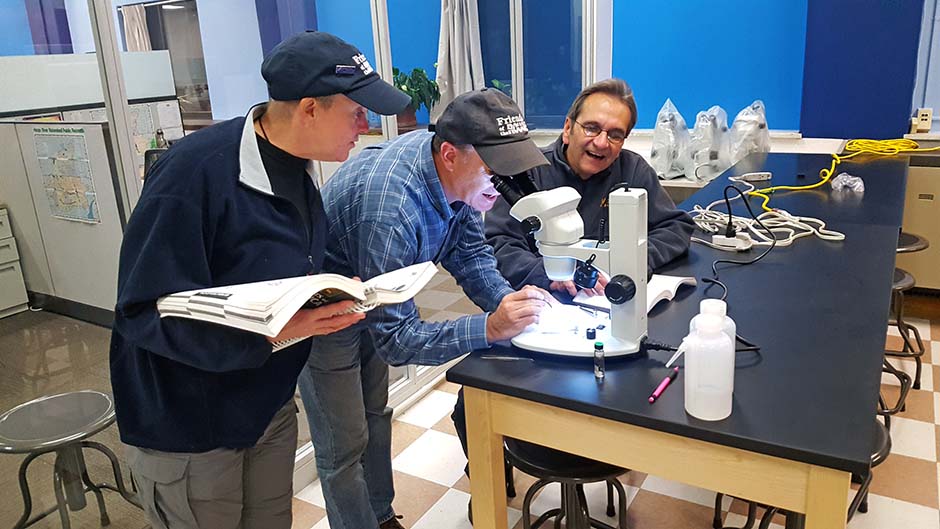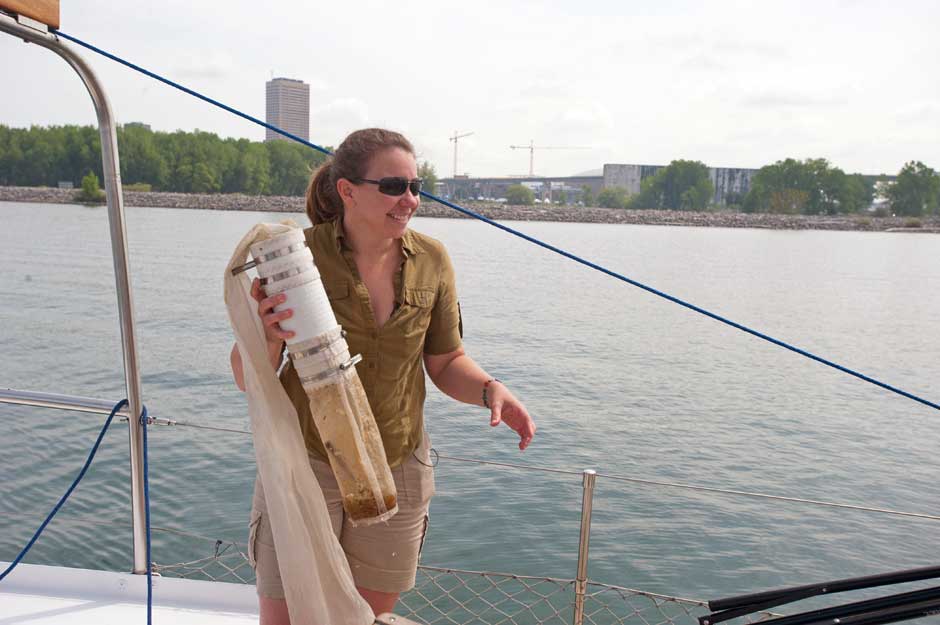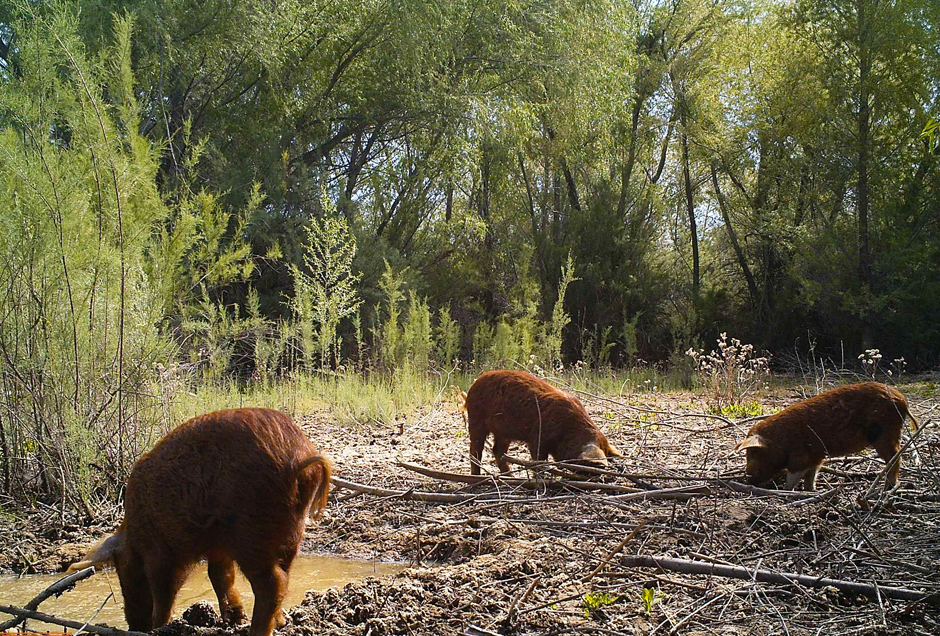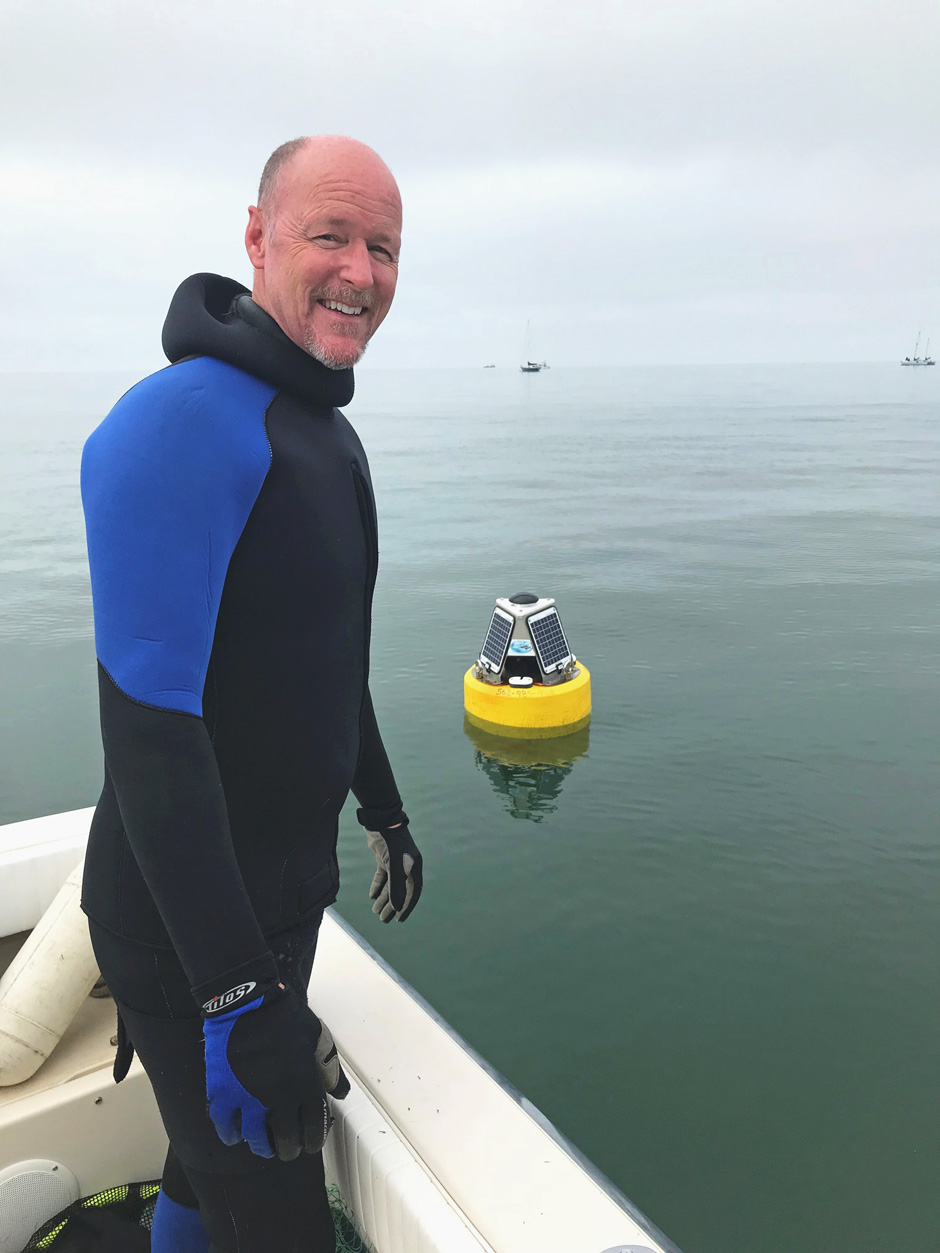Posts for tag "news ticker"
Lake Superior Algal Blooms Surprise, Highlight Need for More Monitoring
Algal blooms showed up unexpectedly in Lake Superior. Researchers pieced together their cause and are on the lookout for future blooms.
- Posted October 21, 2020
Unprecedented Changes are a New Challenge for Lake Tanganyika
Rapid, anthropogenic pressures are changing the face of one of Africa’s oldest, most diverse lakes, biodiversity & food security are at risk.
- Posted October 14, 2020
San Francisco Bay’s Nutrient Phenomena
Two data buoys recently deployed in the shoals of San Francisco Bay could be filling the important data gap on the local impacts of nutrient loading.
- Posted September 30, 2020
Everglades Restoration: A Story of Wetlands and Water
Everglades restoration efforts aim to restore historical hydrology, providing relief to stressed peatlands.
- Posted September 23, 2020
After 10 Years, Great Lakes Monitoring Program Still Adapting
Great Lakes Coastal Wetland Monitoring Program has provided data on a dynamic ecosystem for 10 years. Now it’s adapting to new challenges.
- Posted August 26, 2020
Chloride Contamination Threatens Thousands of Northeast & Midwest Lakes
Development and crop land use in the United States lead to elevated chloride levels in thousands of lakes.
- Posted August 12, 2020
America’s Elusive Crayfish and the eDNA that’s Finding Them
The eDNA method is growing and has helped researchers locate and manage different species of crayfish found around the country.
- Posted July 29, 2020
Low Tech, Low Cost Buoys Coming to Maine’s Shellfish Farmers
Researchers from Maine’s Aquaculture Innovation Center are building a buoy designed to aid oyster and seaweed farmers along the U.S.’s northeastern coast.
- Posted July 22, 2020
Storms Cause Extended, Elevated Contaminant Concentrations in Urban Streams
Elevated contamination from tire particles in northwest stormwater could be killing spawning coho salmon.
- Posted July 8, 2020
Breaking Down the Research Magic Being Captured by Duke’s WIzARD
Researchers at Duke University have deployed a 500-foot mooring line capable of collecting an array of biological and environmental data in the ocean.
- Posted July 1, 2020
Scientists Play the Long Game at Wisconsin’s Trout Lake Research Station
From short term grants to decades-long research, the University of Wisconsin’s Trout Lake Station offers an abundance of research to scientists.
- Posted June 10, 2020
Monitoring the Lake-shaping Plant Growth in Lake St. Pierre
Researchers use cheap underwater cameras and selfie sticks to drive down the cost of monitor plant life in lakes.
- Posted June 3, 2020
Snowmelt, Stormwater and Contamination in Saskatoon
Major snowmelt and runoff events in central Canada carry stormwater contamination to the South Saskatchewan River.
- Posted May 20, 2020
Appalachian streams show long, slow recovery from mining’s lingering effects
Surface mining’s long lasting effects on Appalachian streams have long term effect on water quality and stream health.
- Posted May 6, 2020
Dissecting the Algae Blooms of Montana’s “Unique Gem” the Smith River
The Montana Department of Environmental Quality is studying why a native species of algae is covering one of the state’s most popular rivers.
- Posted April 29, 2020
Spring 2020 Environmental Monitor Available Now
This edition includes methods and equipment utilized by researchers from various organizations that focus on monitoring offshore environments.
- Posted April 23, 2020
How Citizen Scientists Track the Life Returning to Michigan’s Rouge River
A nonprofit is monitoring the bugs, fish, and amphibia returning to Michigan’s Rouge River, one of the state’s historically dirtiest streams.
- Posted April 15, 2020
Plenty of plastic in the Great Lakes
The first ever measure of plastic pollution in Lake Ontario shows the whole Great Lakes system has a plastic problem.
- Posted April 8, 2020
Environmental DNA from Waterways Could Be a New Tool in Monitoring Feral Pigs
Feral swine cause major damage across the U. S., Environmental DNA could provide a much needed monitoring boost.
- Posted February 19, 2020
Much Remains Unknown About Sharks. The Cal State Shark Lab Wants to Change That
At the California State University Shark Lab, a cradle of innovation and research is leading the charge into understanding sharks behavior and physiology.
- Posted February 6, 2020


